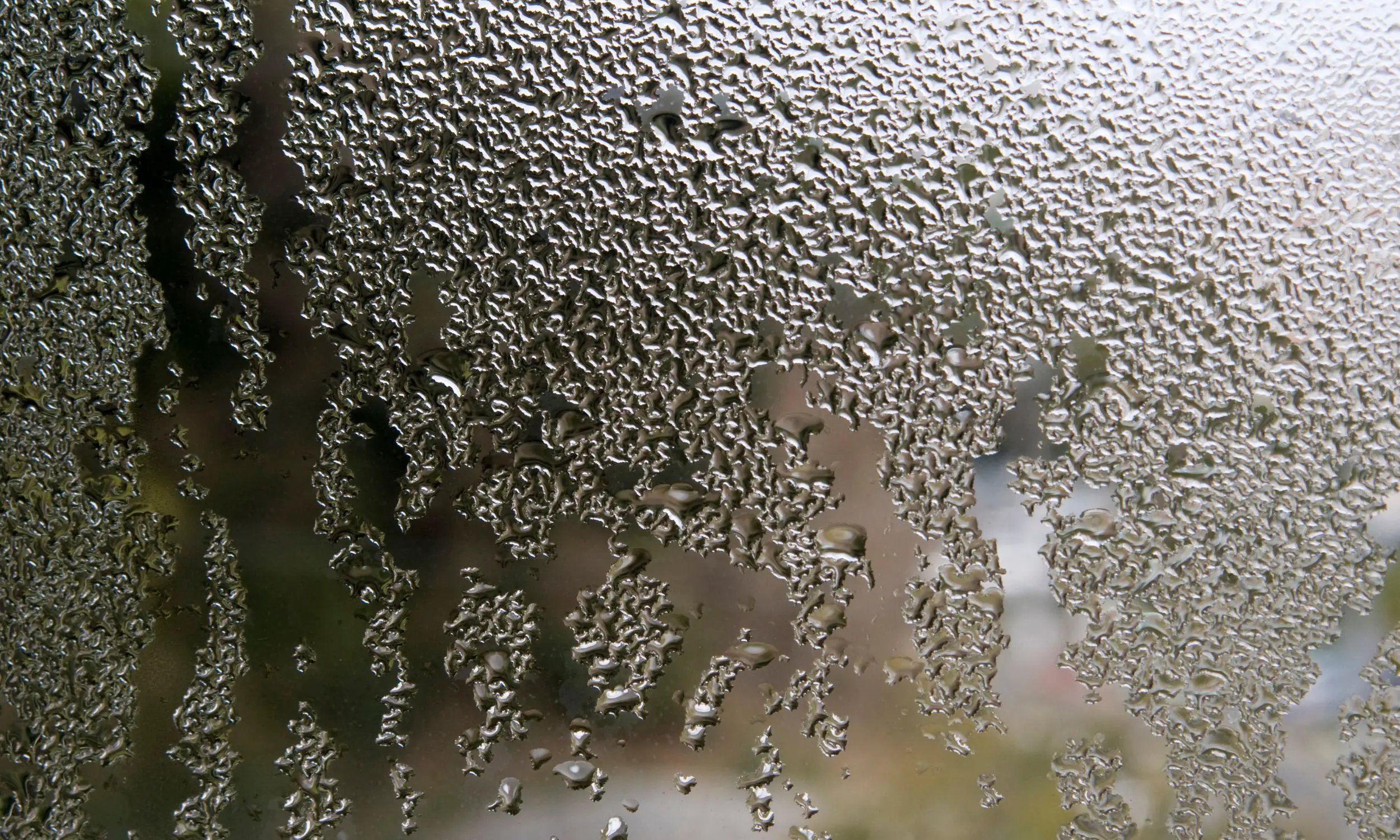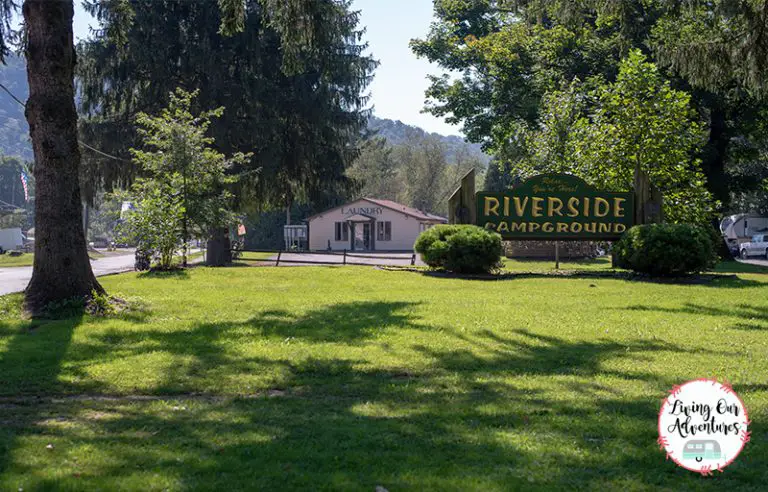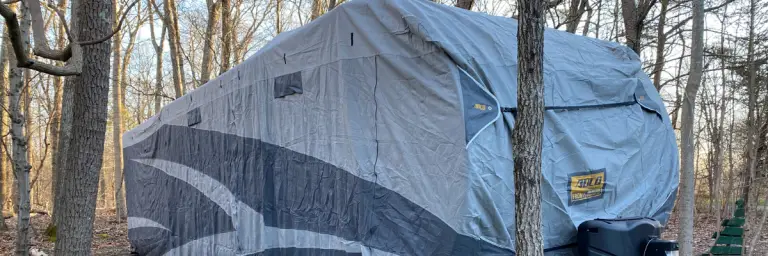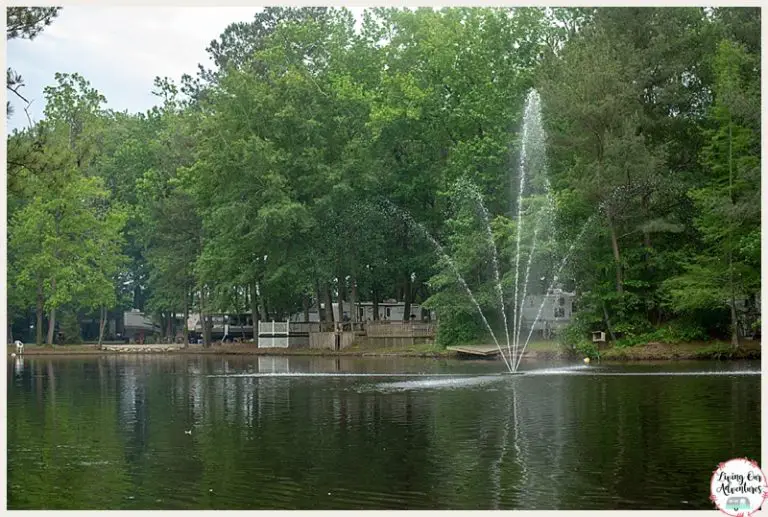Condensation in an RV: 10 Ways to Reduce it!
If you own an RV, then you’re probably familiar with the issue of condensation. That water that builds up inside your RV can be extremely pesky and damaging to your vehicle! What’s worse is when it sticks around long enough to become a breeding ground for mold and mildew growth, which can start making your space feel damp and dingy. But don’t worry – there are various ways how you can reduce condensation in your RV and make sure the environment inside stays clean and healthy. So if dealing with excess moisture has been weighing on you, read on to find out 10 easy tips for keeping excessive condensation from building up in your recreational vehicle!
Disclosure: Some of the links below are affiliate links, meaning, at no additional cost to you, I will earn a commission if you click through and make a purchase.
What causes condensation inside an RV?
When warm, moist air meets cold conditions, it can creates condensation. This phenomenon is based on scientific principles such as dew point and relative humidity but to simplify the concept, just remember that warmth and moisture meeting coolness leads to an interesting outcome! The main sources of condensation in an RV are:
- Warm, moist air from outside entering a cold RV and hitting cold interior walls and windows. This can happen when it’s hot and humid outside and air conditioned inside (or in early spring when RV is still cold inside from being in storage all winter).
- Warm, moist air produced inside an RV hitting cold interior walls and windows. This often happens when people use RVs with poorly insulated walls and single-pane windows for winter camping or for full time living in cold climates.
Regardless of the cause, the results are the same: your things become damp, mold and mildew to form, and airborne allergens such as dust mites thrive.
How to Prevent Condensation from Occurring
The best way to stop condensation is to eliminate its cause. All of the tricks and techniques for doing that really boil down to two things:
- Reduce indoor humidity.
- Remove cold surfaces and air pockets.
So how do you do that? Below are some ideas. If one doesn’t work for you, maybe another one will!
Ways to reduce humidity inside an RV
To ensure a pleasant experience in your RV, it is important to understand the humidity level. Investing in an affordable hygrometer/thermometer will give you insight into whether or not the environment reaches its optimal relative humidity of 30-50%.
Once you’ve identified that your humidity level is indeed a problem, you can try the following:
Run the Air Conditioner
Enjoy the summer breeze and save on your electric bill by cracking open those RV windows–just be aware that this could lead to uncomfortable humidity if temperatures rise too high. In these cases, running an air conditioner can help reduce moisture in the air while keeping you cool at the same time!
Open a Window or Ceiling Vent
I know, that’s the opposite of what I just said! But if the inside air is more humid than the outside air, opening a window or ceiling vent can help some of that humidity escape. Keep in mind that hot air rises, so a ceiling vent is going to work better than a single window. This is especially important while doing activities that create a lot of extra water vapor, like showering, cooking on the stove, or releasing the pressure from an Instant Pot.

Buying a New Camper?
Get your FREE Buying an RV Checklist. Make sure you are buying a quality RV.
Increase Air Flow
Keep cool and enjoy your RV stay with a fan! Running one can help reduce stuffy air, disperse the temperature inside more evenly, and whisk away any pesky humidity. An open window or vent is all you need for improved airflow – don’t forget to turn on that cooling machine!
Run a Dehumidifier
Dehumidifiers come in all shapes and sizes, making it easy to find one that fits your needs. But if you’re looking for a more tailored approach to removing excess moisture from the air, consider using multiple small dehumidifiers instead of just one large model – no matter what size space you have! To ensure optimal results and minimize emptying frequency, take into account how many pints each device holds; with this information in hand the task of crafting a perfect de-moisturizing system will be easier than ever!
Use Moisture Absorbers
When you’re boondocking or your RV is in storage and running an electric dehumidifier isn’t an option, crystal moisture absorbers such as Damp Rid can help pull moisture out of the air.
Avoid Creating Extra Water Vapor
Showering, cooking indoors, and hanging clothes to dry inside the RV all raise the indoor humidity and fog RV windows, so if you’ve tried everything else and you’re still having problems, doing your laundry at a laundromat, using campground shower facilities, and cooking outdoors as much as possible may help.
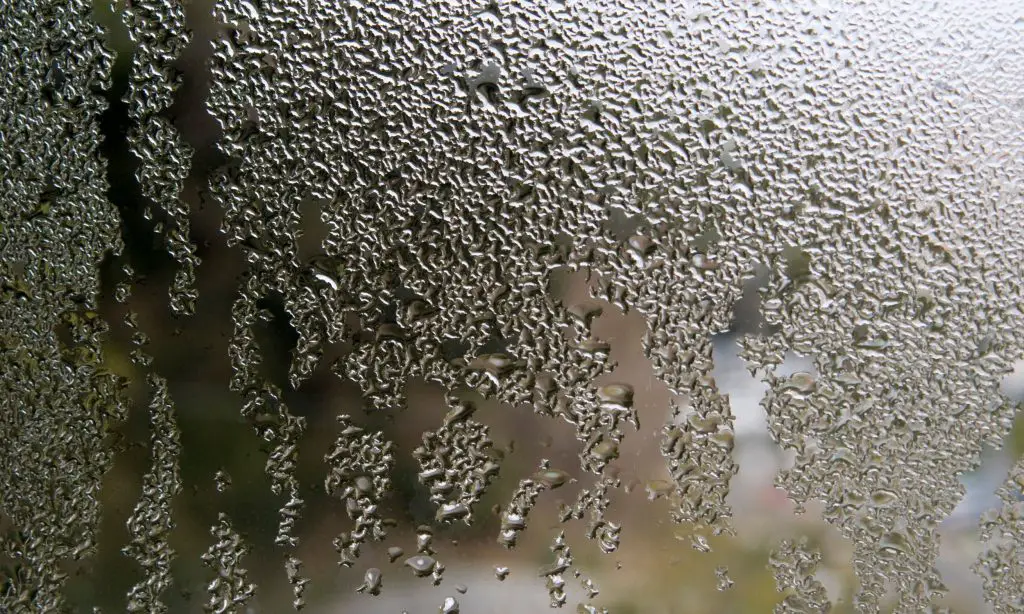
Ways to Eliminate Cold Surfaces and Reduce Condensation
To keep condensation to a minimum in your RV and save money, reduce the amount of cold air entering it. Cold temperatures make for decreased dewpoints that can lead to extra moisture inside, as well as heat loss from drafts at exterior walls and windows – both costly issues! Insulating properly is key; this will lower humidity levels while keeping you warm without draining your wallet.
Here are some ways to warm up cold surfaces and other cold areas in your RV:
Insulate Single-Pane Windows
Despite being a popular option for RV insulation, Reflectix isn’t the best choice. Not only does it require taping around edges to prevent air and condensation from entering through gaps, but also keeps out valuable sunlight during the day and allows heat to escape at night; all this comes with an expensive price tag!
If you’re looking for alternatives to insulate your RV windows this winter, I’ve got the perfect solution: a whole blog post on all kinds of creative ways one can protect their vehicle from cold temperatures!
Warm Up the Floor
Warmer floors can make all the difference in your trailer or motorhome! Combatting chill with air flow is important, but insulation through skirting and cozy rugs will really help you battle cold corners that often produce condensation. With some thoughtfully placed foam mats, winter drafts won’t stand a chance against your warm living space.
Learn more about Skirting Your RV HERE!
Insulate RV Slide-Outs
Sealing your slides and adding insulation can have a huge impact on keeping the inside of your RV warm. For instance, we found that taping foam board to our slide bottoms made an impressive difference in temperatures near the floor. Initially, duct tape worked well enough; however, after learning about foil HVAC tape – which is able to remain sticky through any weather yet won’t leave behind residue once removed – it was a complete game-changer!
Target Cold Closets and Cabinets
The chill of winter often gets trapped in RV closets and cabinets, causing condensation to form – a problem you don’t want! To keep your space free from humidity build-up try equalizing the temperature by opening all doors daily or finding other methods like putting moisture absorbers such as Damp Rid containers throughout. If making them at home is more appealing, DIYing with old socks filled with crystal (silica) cat litter can provide relief too!
Another thing you can do that may help is to add an extra layer of insulation to the exterior walls of your cabinets and closets. The key to this project is an adhesive decorative wall covering. In fact, this project has a double bonus: not only can it potentially slow down heat loss through the walls of an RV, but you could use it to give your RV walls a style makeover as well.
The adhesive panels are made of soft PE foam about 1/4″ thick covered in plastic. They come in several styles, including gray or brown faux wood planks (sometimes called “shiplap”) or white faux brick. Because the panels have a plastic coating, they would be easy to wipe clean, and according to the product listing, they are resistant to moisture. Because the adhesive is so strong, I’m not worried about condensation getting underneath.
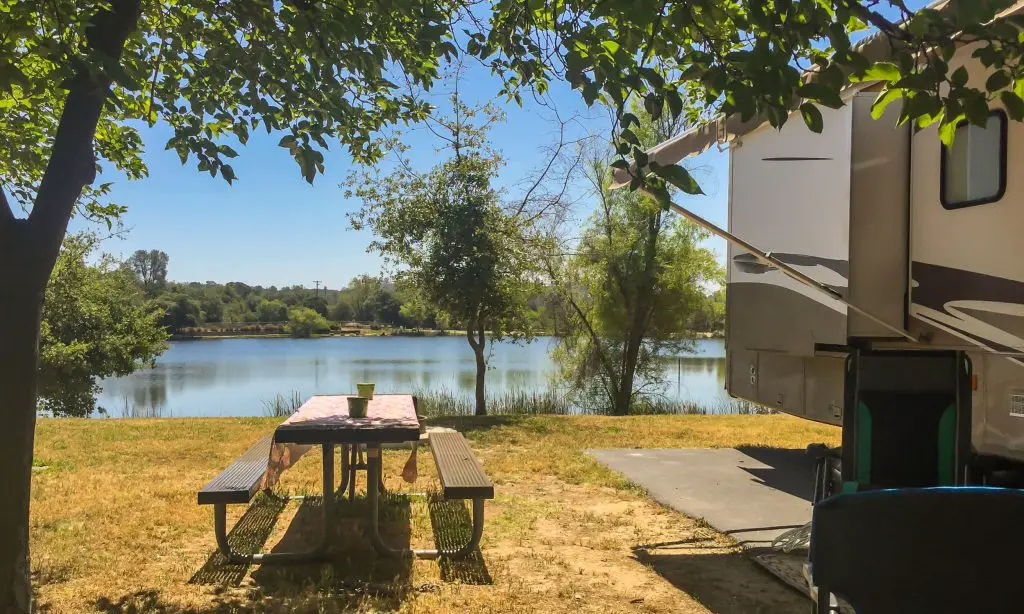
Key Take Aways
- If possible, warm up any surfaces where condensation or mold is occurring by adding extra insulation or increasing airflow to closed-off spaces.
- Measure the humidity level of your RV with a hygrometer and, if it’s higher than 50% in a warm RV or 30% in a cold RV (for example, an RV in storage), lower it with a dehumidifier (for whole rooms) and/or moisture absorbers (for cabinets, closets, or when you don’t have electricity).
You May Enjoy These Related Articles
Did you enjoy this article? Want to hear more? Stay in touch! Sign up below to receive weekly tips and inspiration for your homestead.

